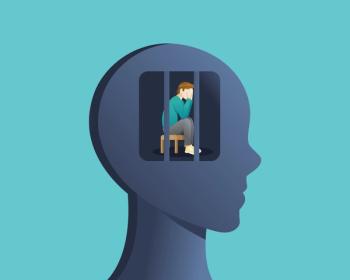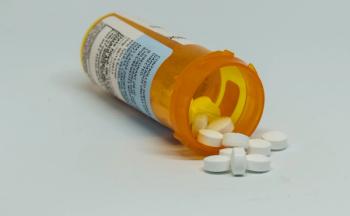
As OUD Treatment Expands, One Group is Often Left Out
People who are incarcerated often lack access to a range of opioid use disorder treatments, even though treatment while incarcerated can lead to better outcomes once they are released.
The problem of opioid use disorder (OUD) has become a major public policy issue in the United States, with political leaders on both ends of the ideological spectrum calling for urgent action.
Yet, Shelly R. Weizman, J.D., of the Georgetown University Law Center, says one key group of people with OUD is often left out of the conversation: people in the prison system.
In a new
“The evidence shows us that providing treatment for people at the highest risk of overdose, like people involved in the criminal-legal system, not only saves lives, but can help people recover and thrive,” she told Managed Healthcare Executive. “It's smart public policy.”
The FDA has approved three medications to treat OUD, but in many states patients are limited as to which drugs they can access. Some states only provide access to naltrexone, even though evidence suggests the other 2 medications — methadone and buprenorphine — are more protective against opioid-related overdoses.
In some facilities in Alaska and Iowa, Weizman and colleagues said, access to medications to treat opioid use disorder (MOUD) is limited to pregnant patients, and then denied once the incarcerated person gives birth.
Still, Weizman said the situation is improving. In recent years, 12 states have enacted laws expanding or encouraging access to MOUD in prisons, and leaders in 28 states have issued executive orders or administrative policy changes designed to better enable incarcerated people to access OUD therapy.
Weizman said those changes have been the result of many factors, including increased attention from the public and media as well as litigation on behalf of patients. However, she said people with OUD should not have to go to court to get care.
“Providing treatment to people who are incarcerated should not have to be litigated,” she said. “The hope is that more government leaders will adopt a public health approach to substance use disorder, rather than a punitive approach that is not supported by the evidence.”
One public policy barrier that persists is the so-called “inmate exclusion” under which Medicaid refuses to reimburse states for outpatient care for incarcerated patients. As a result, state and local governments must cover the full cost of such treatment, leading some to limit or eliminate treatment options.
“Policies in some facilities or in some states may be about cost, and addressing the Medicaid ‘inmate’ exclusion may be one way to incentivize the provision of medication for opioid use disorder in correctional facilities,” she said.
A nationwide elimination of the exclusion would require action from Congress. Short of that, Weizman said there is nothing stopping states, local governments, state medicaid programs, and managed care plans from voluntarily expanding treatment access or partnering with community organizations to help people with OUD. She said expanded-access programs can quickly pay for themselves, since providing effective treatment to people with OUD while they are incarcerated can lower their risk of recidivism once they are released from custody.
She cited Albany County, New York, where the county sheriff partnered with community organizations to provide access to all 3 FDA-approved OUD medications. The program led to a major reduction in the county jail’s population.
“People received treatment, and stopped the cycle of recidivism,” she said. “As a result, the sheriff has decommissioned 100 jail cells and turned them into transitional housing.”
Weizman said the problem of limited access to treatment has many roots.
“Stigma, institutional inertia (e.g. the way things have always been done), concerns that these medications will be diverted within the facility, and the overall belief of many people in society that people with substance use disorder and people who are incarcerated don't deserve help or compassion are all factors,” she said.
However, Weizman said, recent evidence shows effective treatment for OUD in prison and jails can have benefits both inside and outside the facilities.
“The hope is that more government leaders will adopt a public health approach to substance use disorder, rather than a punitive approach that is not supported by the evidence,” she said.
Newsletter
Get the latest industry news, event updates, and more from Managed healthcare Executive.



















































